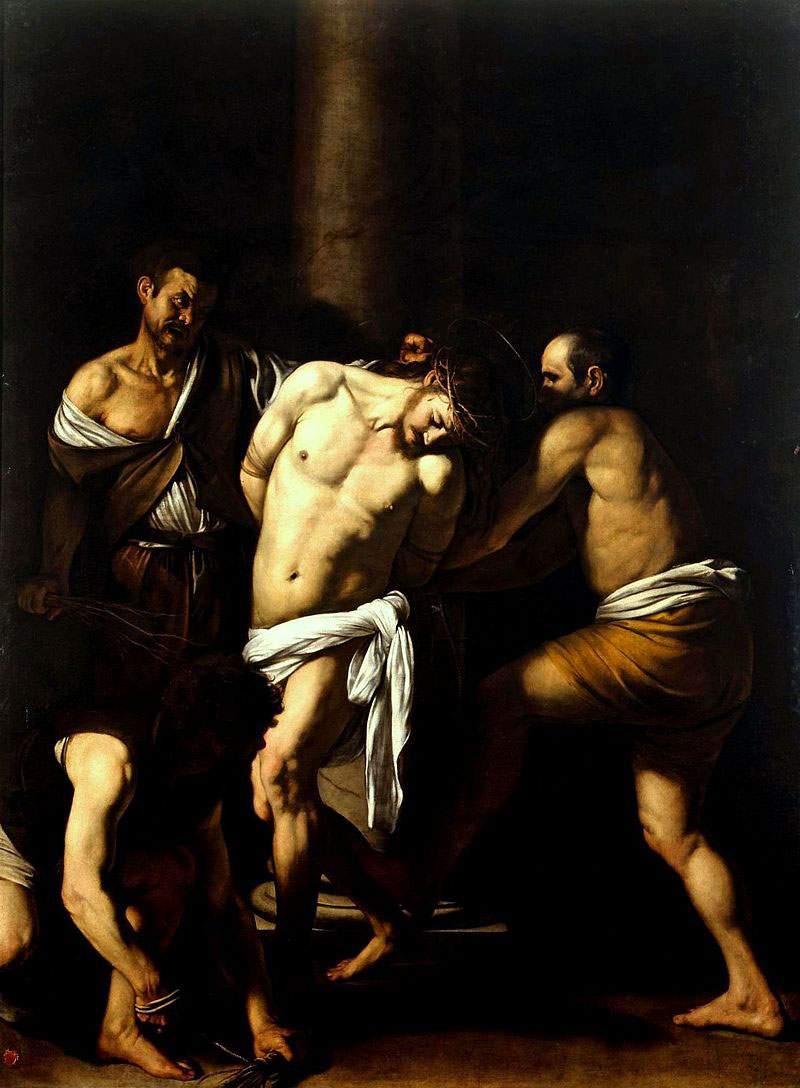Naples, Caravaggio and the protagonists of 17th-century Neapolitan art at the Capodimonte Museum
The exhibition Beyond Caravaggio. A New Tale of Painting in Naples (March 31, 2022 to Jan. 7, 2023), curated by Stefano Causa, professor of History of Modern and Contemporary Art at theUniversity of Naples “Suor Orsola Benincasa” and Patrizia Piscitello, head of the Exhibitions and Loans Office of the Capodimonte Museum and Real Bosco, unfolds in the 24 rooms on the second floor of the Capodimonte Museum and Real Bosco, directed by Sylvain Bellenger.
On display are 200 works, all from the museum’s permanent collections, with no external loans.
An exhibition, produced in collaboration with the associations Friends of Capodimonte Ets and American Friends of Capodimonte, which aims to revive the debate by presenting another reading of the Neapolitan 1600s, which has become for amateurs and historians the century of Caravaggio.
The Neapolitan 1600s is a recent “invention.” It was rediscovered and defined less than a century ago by art historian Roberto Longhi (1890-1970). According to the scholar, Caravaggio’s naturalism would be the backbone of Neapolitan art. Seventeenth-century studies on the South derive, almost without exception, from his proposals formulated in a series of essays that were published essentially in the second decade of the last century.
From the opening of the Pinacoteca di Capodimonte in 1957 until now, the exhibition of Neapolitan seventeenth-century paintings has largely been the result of this analysis. The reality is more complex, and the curators of the exhibition, Stefano Causa and Patrizia Piscitello, on the basis of the studies of the last decades, propose to reconsider Longhi’s scheme, now widely historicized, and to rethink the entire articulation of a century that was not only that of Caravaggio, but especially that of Jusepe de Ribera, a Spaniard who arrived in Naples in 1616, six years after Caravaggio’s death.
The exhibition Beyond Caravaggio brings Ribera, represented in the Capodimonte collections by sacred, mythological and still life works, to the center of the Neapolitan art scene.
To present the Neapolitan artistic civilization is to properly emphasize external contributions and exchanges with other centers, the sending from outside of works and projects, and the residence in the city of ’foreign’ artists. Naples, in fact, was and is a great port city, a crossroads of Italian life and culture. By the 17th century it had become one of the most populous megalopolises in the world, exerting a profound influence on European culture; its history is presented as a rich stratigraphy, made up of different civilizations, peoples and artistic expressions that have left traces in its artistic and monumental heritage. For centuries it has suffered attacks, invasions and destruction, coping with numerous natural disasters: volcanic eruptions, earthquakes, tidal waves and plagues.
With this in mind, one can explain the central role played in this review, devoted to the 17th and 18th centuries, by Lombards such as Caravaggio (1571-1610), Emilians such as Giovanni Lanfranco (1582-1647), Domenichino (1581-1641) and Guido Reni (1575-1642), the Spaniard (but Neapolitan by adoptionadoption) Jusepe de Ribera (1591-1652), the French Simon Vouet (1590-1649) and Pierre-Jacques Volaire (1729-1799), the Bergamasque Cosimo Fanzago (1591-1678), the Romans Artemisia Gentileschi (1593-1653) and Gregorio Guglielmi (1714-1773), the Belgian François Duquesnoy (1597-1643), who had collaborated on the altar for Cardinal Ascanio Filomarino (1583-1666) in the Church of the Holy Apostles, an imposing machine built between 1638 and 1647 by architect Francesco Borromini (1599-1667), among the leading exponents of the Roman Baroque.
Neapolitan artists drew inspiration from these contributions, reworking iconographies, compositional cuts and the use of lights in their own personal way, exporting their language to Italy and Europe. One example among all is Luca Giordano (1634-1705), who, a champion of Neapolitan Baroque painting, was called to Venice (1665, 1668), Florence (1682-83, 1685) and Spain (1692-1702), leaving his mark on local painters.
For all information, you can visit the official Capodimonte website.
 |
| Naples, Caravaggio and the protagonists of 17th-century Neapolitan art at the Capodimonte Museum |
Warning: the translation into English of the original Italian article was created using automatic tools. We undertake to review all articles, but we do not guarantee the total absence of inaccuracies in the translation due to the program. You can find the original by clicking on the ITA button. If you find any mistake,please contact us.




























